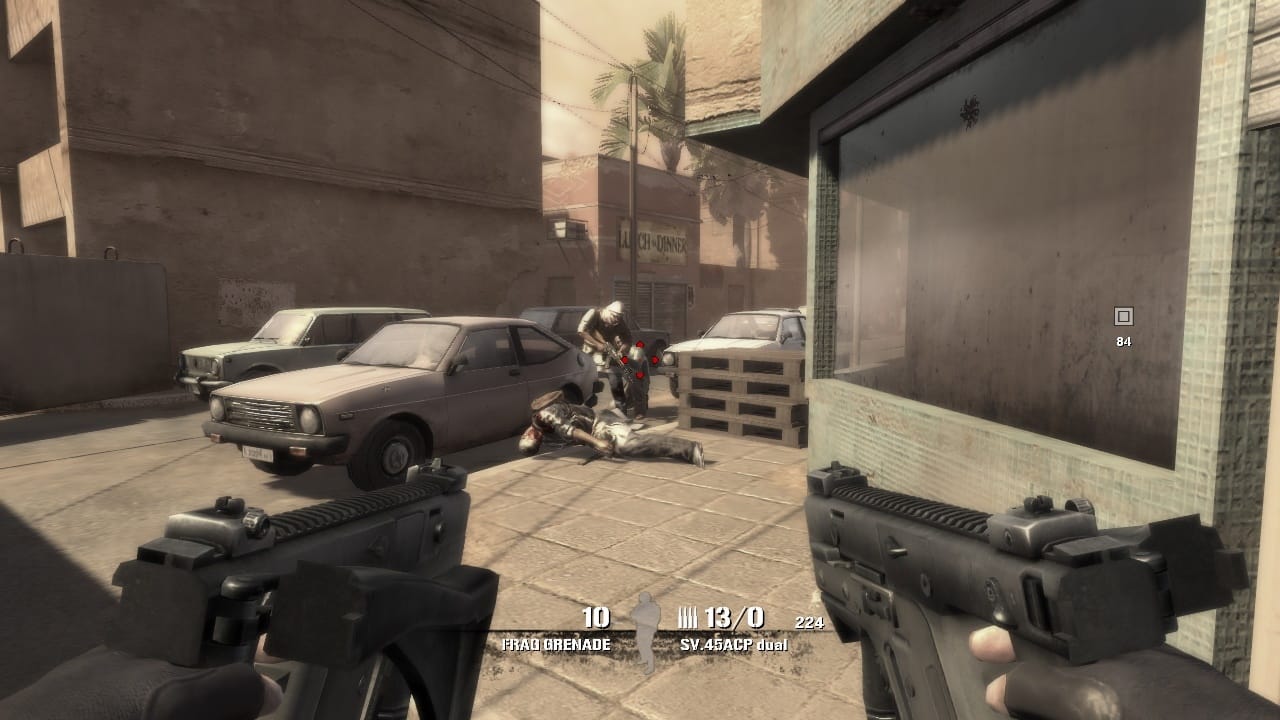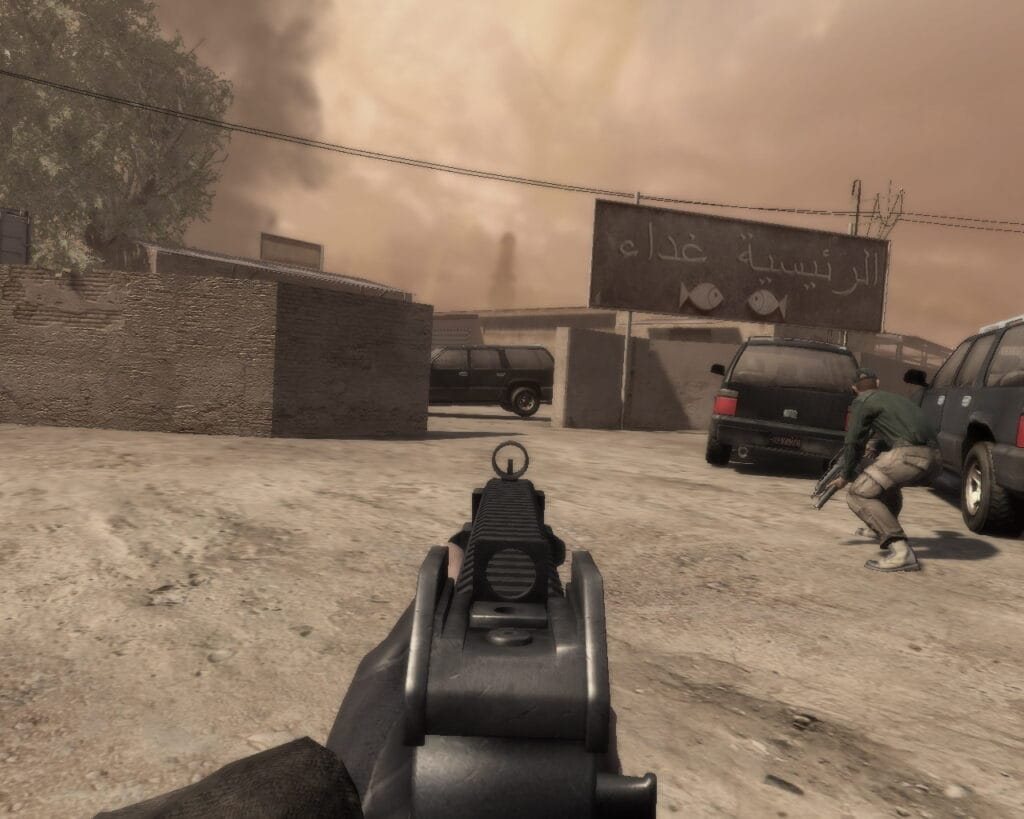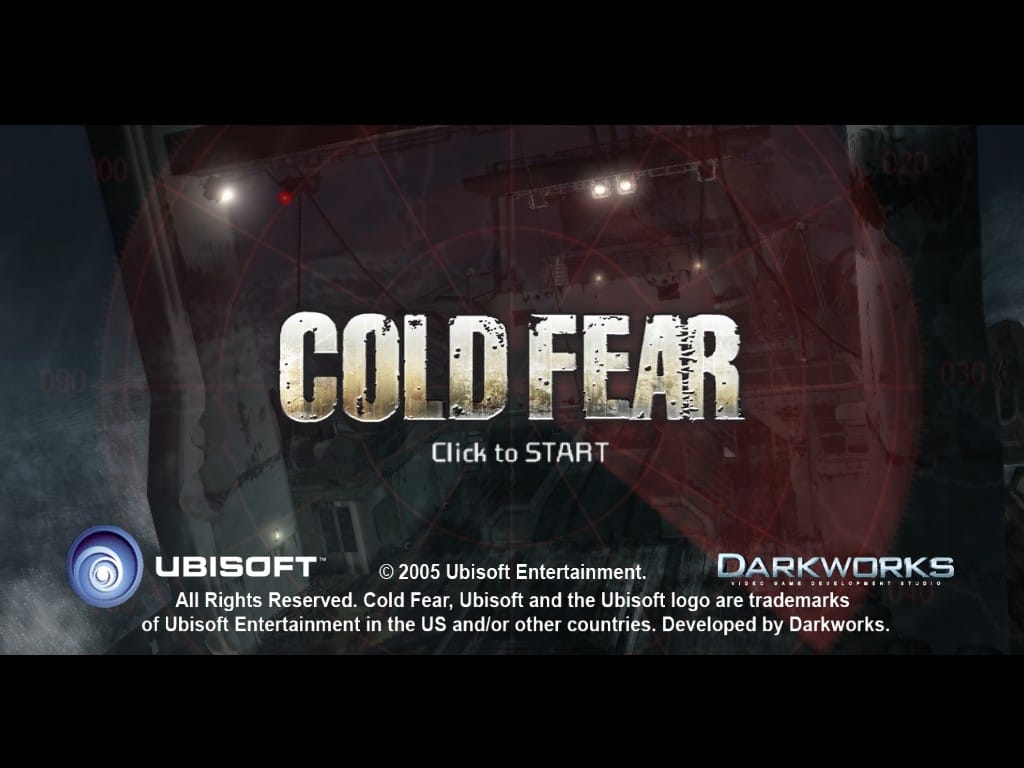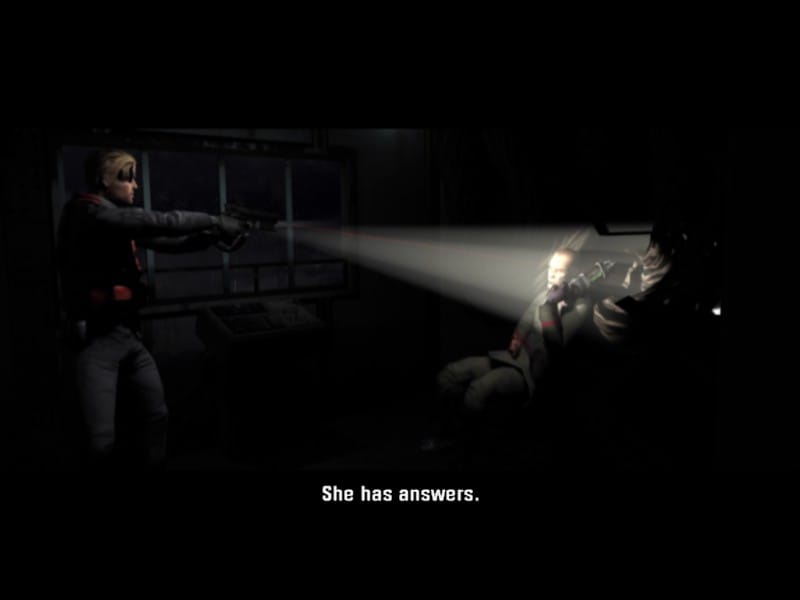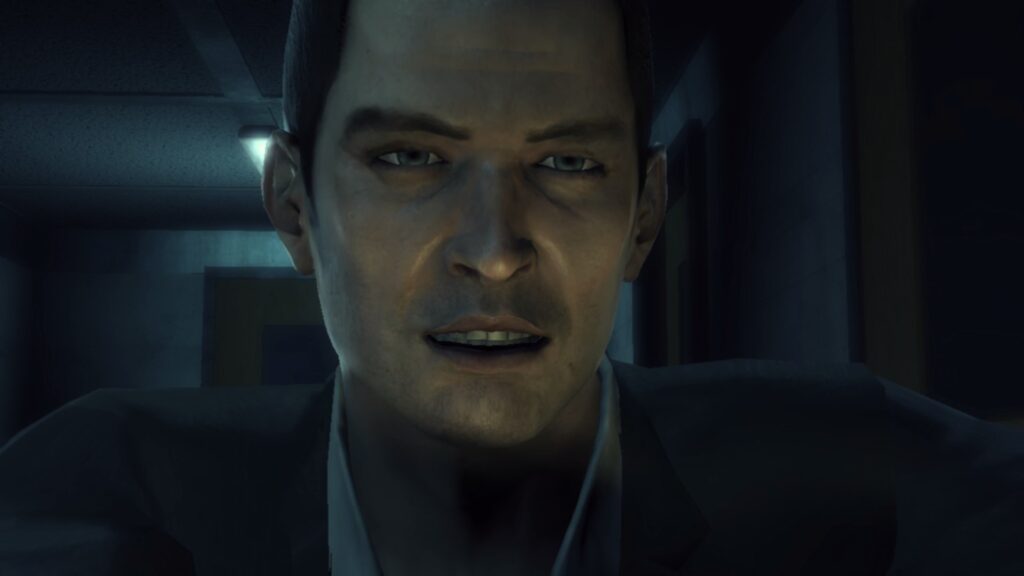If you’ve ever played a five-fret guitar rhythm game, you probably have a favorite one of those. Most of us have our most favorite fake plastic guitar rhythm games. But what about the least favorite guitar rhythm games? There’s probably a few well known examples that immediately come to mind: Rock Revolution, PowerGig: Rise of the SixString, PopStar Guitar, a game I previously covered here. Maybe Guitar Hero Live or Rock Band 4 or Fortnite Festival if you’re feeling really spicy. But I propose a new candidate for the worst five-fret rhythm game I played. Which, considering I played and wrote about PopStar Guitar, is an impressive feat.

Santa Rockstar HD is a five-fret rhythm game for PC made by Bekho Team, a studio based out of Santiago, Chile. Outside of a few games of theirs that are knockoffs of existing games, this is probably the most standout product the company has made. This is the sixth installment in the Santa Rockstar franchise, a series that initially started out as a series of Flash games released from 2008 to 2012, during the first boom and bust of the rhythm game genre. Santa Rockstar HD is the first one to not use Flash, instead opting to use Unity to make the game.
I was made aware of this game back in 2023 when Twitch streamer and overall guitar game god Acai covered it on a stream during the holiday season. He was absolutely floored at how bad it all was. Since I am a trash connoisseur and rhythm game nut, I bought this on a whim not long after. Since it’s the holiday season, it seems like a perfect time to talk about Santa Rockstar HD.
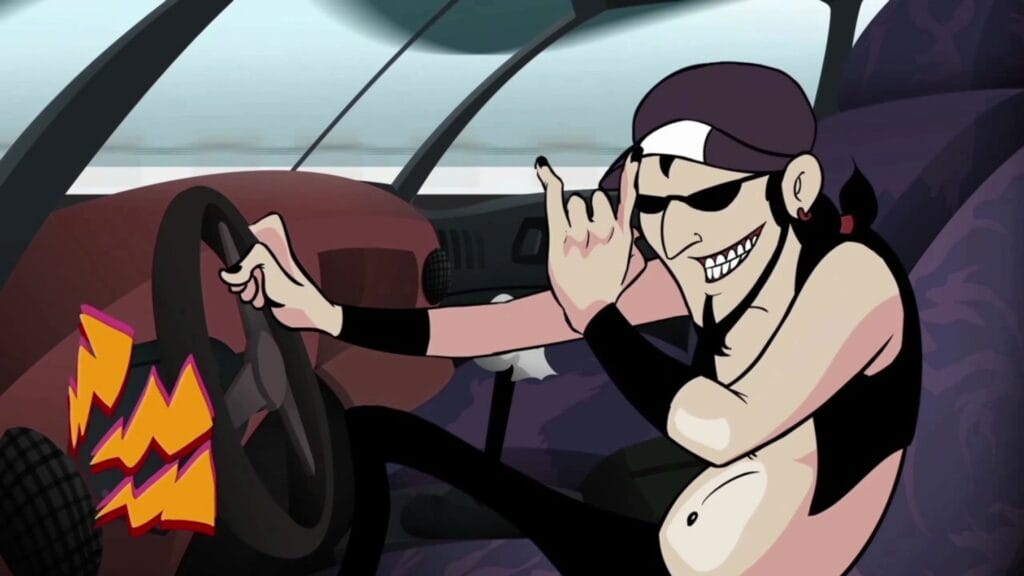

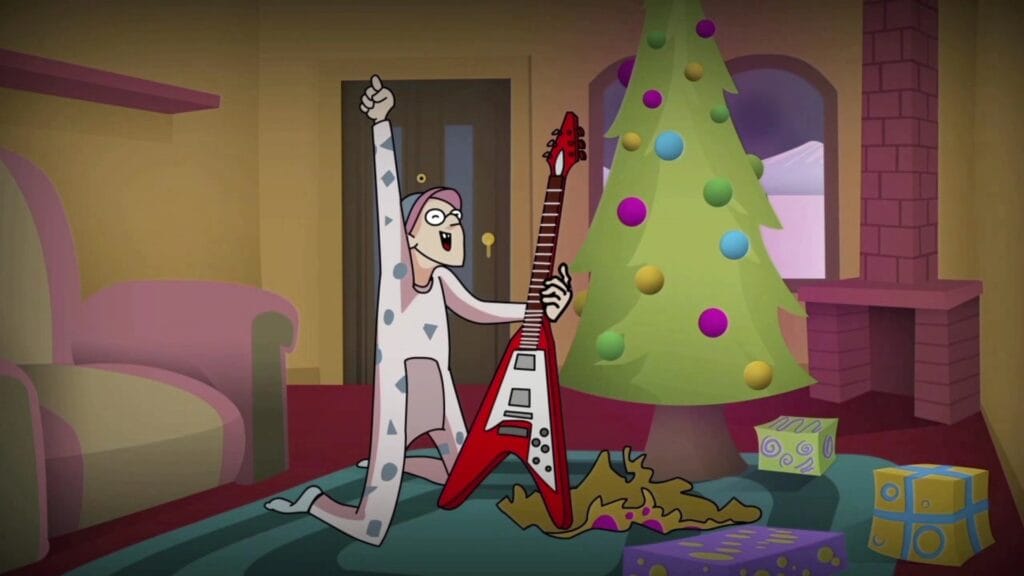

There really isn’t much of a story to Santa Rockstar HD. A rock and roll dude, who goes unnamed here, notices Santa Claus has been hurt. Being reminded of the memories of getting a guitar from Santa for Christmas, decides to wield Santa’s axe, of which he suddenly becomes a buff Santa himself. So now our buff Santa Claus must save Christmas with the power of rock. It’s like if The Santa Clause had a baby with Brutal Legend. I wasn’t expecting an outstanding story out of a rhythm game here, but it’s a good enough premise to keep things going.
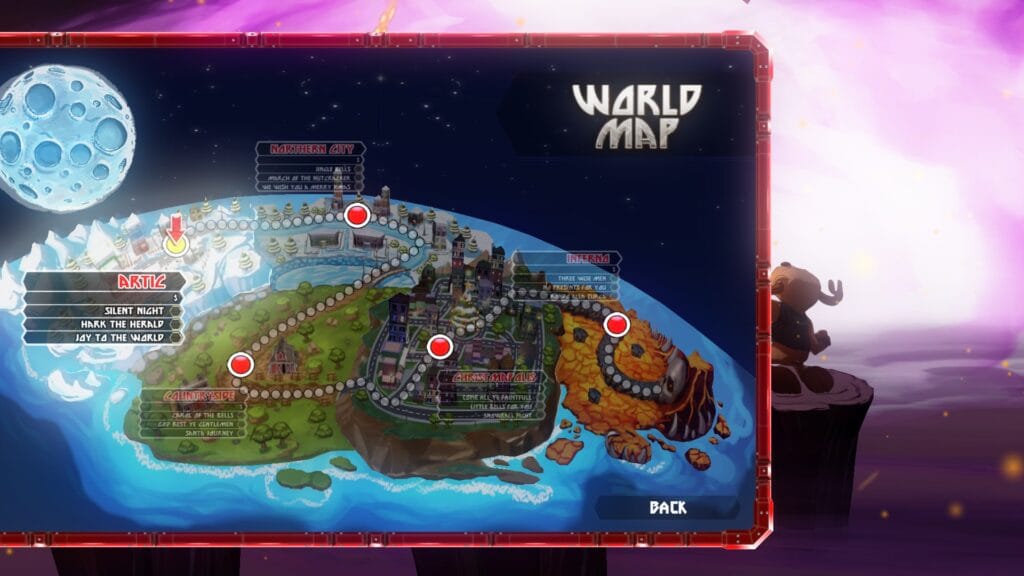
The main story quest involves you playing notes to the tune of various Christmas songs of note, with a more metal flare. Silent Night, Come All Ye Faithful, Jingle Bells, all the iconic Christmas songs, plus a few original songs and arrangements of symphony classics like Rondo alla turca. Charlie Parra, the game’s composer, did a pretty darn good soundtrack here. I’m usually not big on metal covers of songs – I think they’re a bit cliched and overdone sometimes – but I totally would throw these in a Christmas songs playlist. (There is a soundtrack of this available on Steam, but it seems to come from playing the songs in-game rather than the raw audio files, so save your money.)
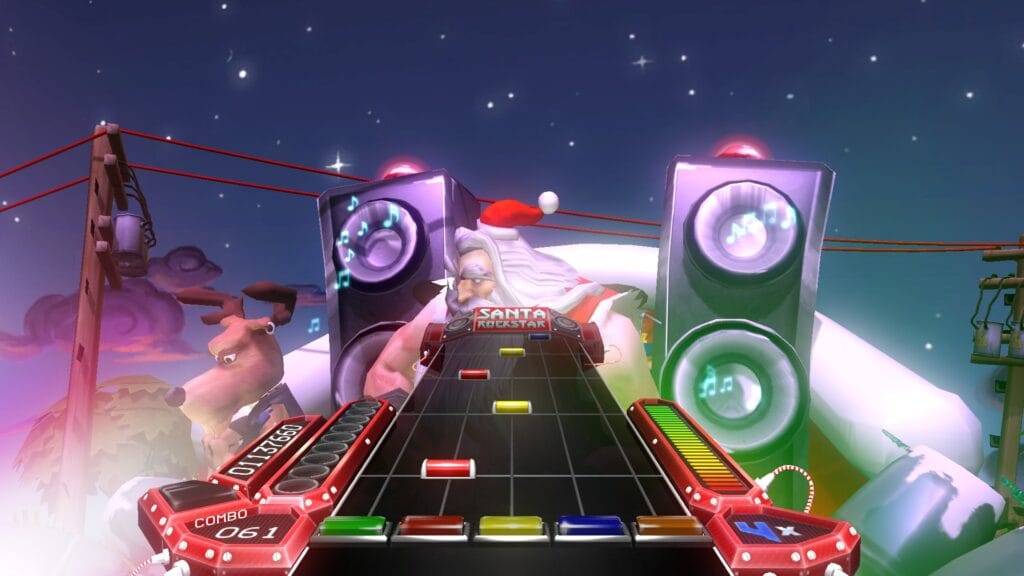
If you’ve played a Guitar Hero or Rock Band game, you’re gonna be easily familiar with the game’s mechanics: Tap a note, get points, hit a string of white notes to get Rockpower – this game’s equivalent to Guitar Hero’s Star Power – and try not to miss too many notes or you’ll fail. One of the more interesting changes through the quest mode is that your multiplier, rockpower and note streak carry over from song to song in the setlist. It’s a bit unconventional than standard rhythm game setlists, which usually reset everything upon playing a new song, but I guess it can be useful if you’re trying to get the high score.
(more…)

